While California burns, Gavin Newsom focuses on censorship
- Update Time : Monday, January 13, 2025
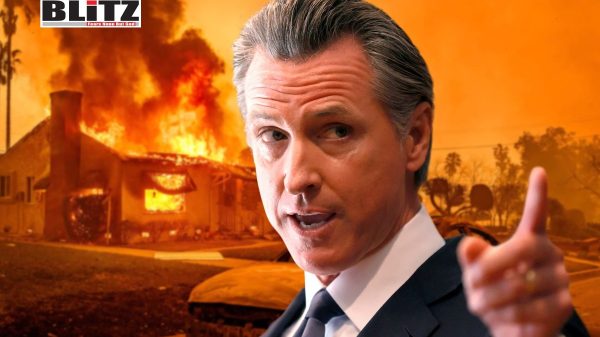
As wildfires ravage Southern California, particularly around Los Angeles, the state faces its latest environmental and humanitarian crisis. Fueled by powerful winds and dry conditions, the fires have swept across suburban neighborhoods, destroying homes, displacing thousands, and straining emergency services. Yet, in the midst of this calamity, Governor Gavin Newsom’s focus appears divided, with a significant portion of his energy dedicated to combatting what he calls a “pandemic of misinformation.” This controversial stance has drawn criticism from both political opponents and many Californians, who argue that the governor’s priorities should lie squarely on fire prevention and effective disaster response.
During a video call with President Joe Biden on January 10, Newsom lamented not only the tangible devastation caused by the fires but also what he described as “hurricane-force winds of mis- and disinformation.”
“It breaks my heart as people are suffering and struggling that we’re up against those hurricane-force, forces as well,” Newsom told the president. “I ask you, we’ve got to deal with this misinformation.”
While acknowledging the real winds that have fueled the wildfires, Newsom’s comments raised eyebrows for shifting the conversation toward the realm of information control. He expressed concern that false narratives and rumors could distract from disaster recovery efforts or potentially endanger lives.
“It infects real people that are out there,” Newsom added. “And they’re having conversations that are not the typical conversations you’d have at this time.”
Many found Newsom’s statements to be an inappropriate pivot, given the urgent and life-threatening nature of the fires. With homes reduced to ash and families struggling to find shelter, critics argue that the governor’s fixation on “misinformation” detracts from more immediate and practical concerns, such as ensuring adequate firefighting resources, maintaining water supplies for fire hydrants, and addressing the staffing needs of the Los Angeles Fire Department.
Former President Donald Trump, a frequent critic of Newsom, weighed in on the matter, accusing the governor of failing to address core issues like water management.
“I’ve been trying to get Gavin Newsom to allow water to come. … They send it out to the Pacific because they’re trying to protect a tiny, little fish,” Trump said, referencing California’s controversial water policies that prioritize environmental protections over agricultural and firefighting needs.
Newsom’s critics also point to his administration’s delayed response to systemic issues, such as overgrown forests and aging utility infrastructure, which have exacerbated the state’s wildfire crisis in recent years. While Newsom recently called for an independent investigation into the causes and handling of the current fires, some see this as too little, too late, especially when lives and livelihoods are at stake.
President Biden has declared the California wildfires a “major disaster,” and the Federal Emergency Management Agency (FEMA) has been mobilized to provide financial and logistical support. FEMA has agreed to cover up to 75% of firefighting costs and is offering disaster assistance to affected residents. However, the agency has also faced its share of criticism over the years, particularly for its perceived inefficiencies and the politicization of disaster aid.
In a striking parallel to Newsom’s concerns about misinformation, FEMA has previously implemented its own “rumor response” initiatives. After Hurricanes Helene and Milton, the agency created a dedicated “hurricane rumor response” page aimed at debunking false claims about storm aid and recovery efforts. FEMA Administrator Deanne Criswell, alongside then-North Carolina Governor Roy Cooper, even publicly pleaded with politicians and social media users to “stop sharing misinformation” about federal disaster relief. Despite these efforts, FEMA’s reputation has suffered from allegations of bias, particularly during the Trump administration when reports emerged that some aid workers bypassed homes displaying pro-Trump signs.
For Newsom, the emphasis on misinformation aligns with a broader narrative employed by many Democratic leaders who view false or misleading information as a significant societal threat. Yet, this focus has often been criticized as a way to deflect from policy shortcomings. By urging Biden to use federal resources, such as the Cybersecurity and Infrastructure Security Agency (CISA), to tackle online “misinformation,” Newsom may be attempting to shift the narrative away from his administration’s perceived failures in managing California’s wildfire crisis.
This approach has sparked debates about the balance between combating harmful information and ensuring First Amendment protections. While some argue that unchecked misinformation can have real-world consequences, others warn that efforts to silence dissenting voices could lead to government overreach and suppression of legitimate criticism.
Beyond the political and rhetorical battles, California’s wildfire crisis reveals deeper systemic problems. Water scarcity, inadequate forest management, and urban sprawl into fire-prone areas have all contributed to the state’s vulnerability to wildfires. Critics contend that Newsom’s administration has not done enough to address these underlying issues, despite years of warnings from experts and mounting evidence of climate change’s impact on wildfire frequency and intensity.
Furthermore, the Los Angeles Fire Department has faced staffing challenges, exacerbated by budget cuts and the city’s focus on diversity, equity, and inclusion (DEI) initiatives. While these initiatives aim to address long-standing disparities, some argue that they have diverted attention and resources from the department’s core mission of protecting lives and property.
For many Californians, the juxtaposition of raging wildfires and political grandstanding has eroded trust in their leaders. As families sift through the rubble of their homes and emergency responders work tirelessly to contain the flames, the public’s patience with politicians’ perceived distractions and deflections wears thin.
Newsom’s focus on misinformation, while potentially well-intentioned, risks alienating those who feel their immediate concerns are being overlooked. In times of crisis, leaders are expected to prioritize tangible solutions and inspire confidence. For Newsom, the challenge lies in proving that his administration is up to the task of both addressing the immediate wildfire emergency and implementing long-term strategies to prevent future disasters.
As California battles yet another devastating wildfire season, the spotlight is firmly on Governor Gavin Newsom. His call for federal action against misinformation has sparked a contentious debate about leadership priorities in times of crisis. While combating false narratives is undoubtedly important, many argue that the governor’s primary focus should be on addressing the immediate needs of fire-stricken communities and tackling the systemic issues that have made California so vulnerable to wildfires. Whether Newsom can rise to meet these challenges remains to be seen, but one thing is clear: Californians are demanding action, not just words.


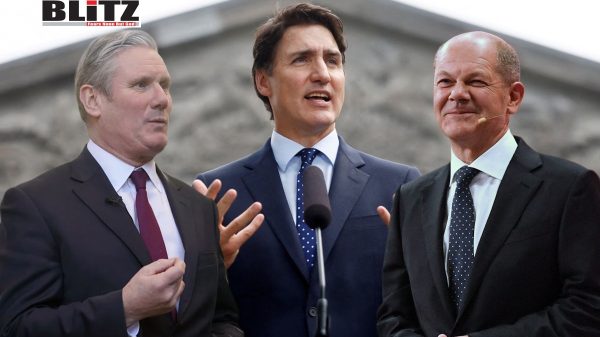

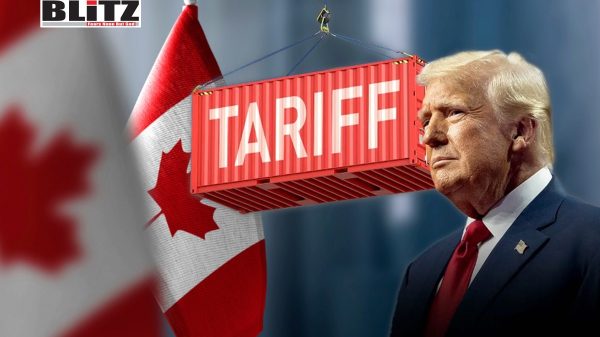

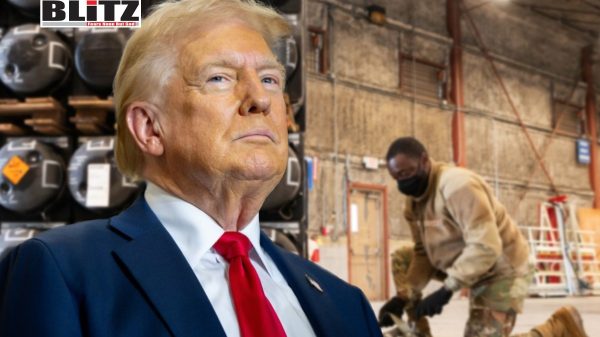

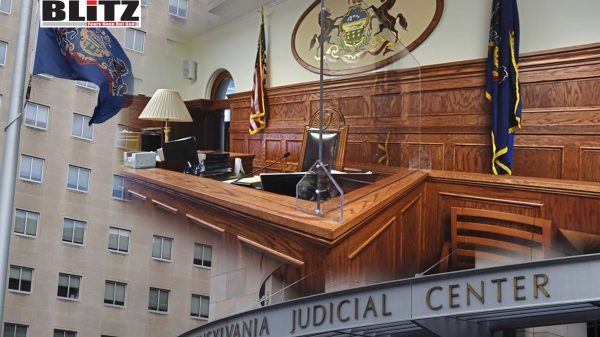
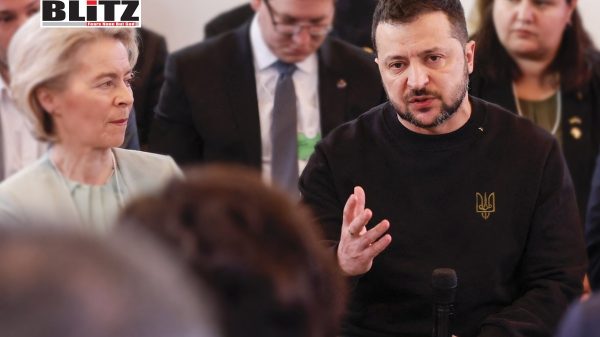
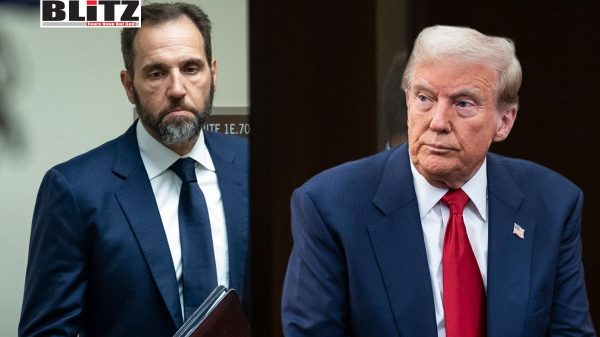
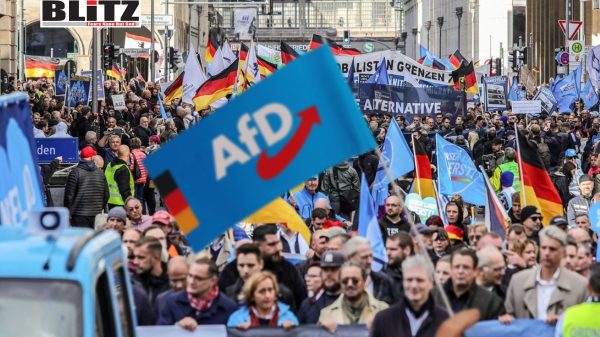
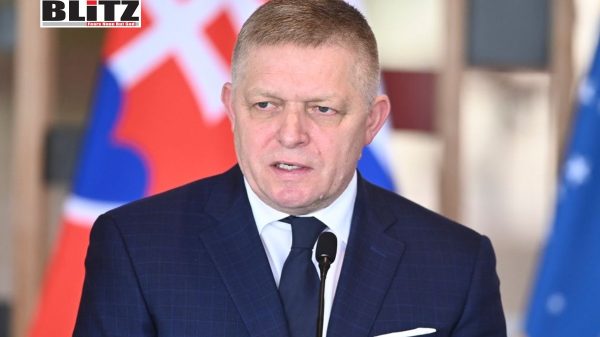
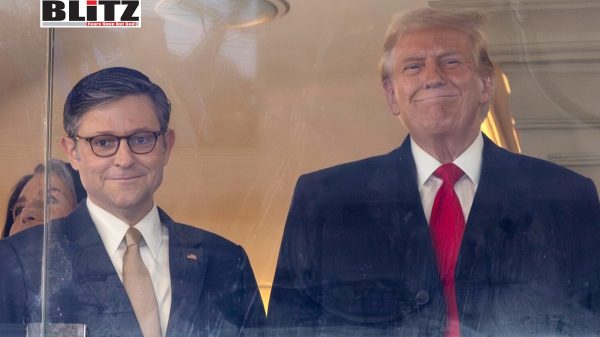
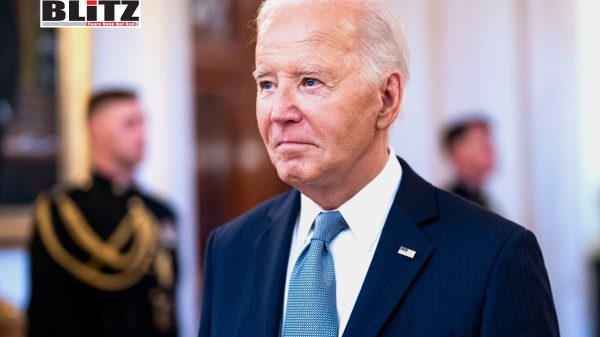

Leave a Reply